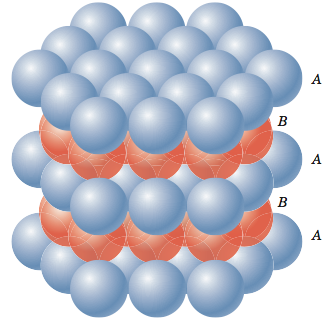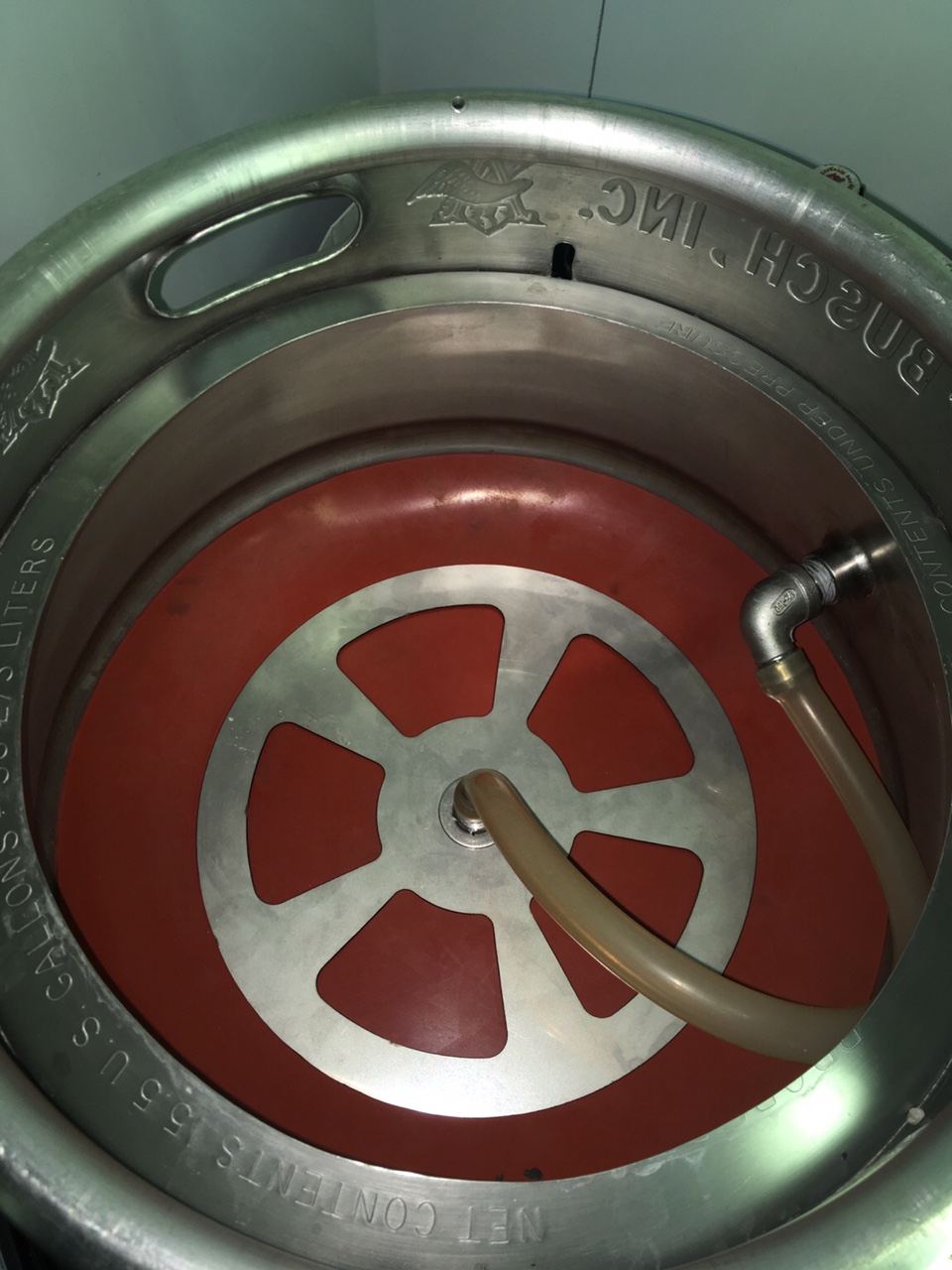@Gravitysucks posted this in the boil kettle condenser thread, but it immediately struck me as part of the solution to figuring out how to do mash caps in round containers.
https://www.webstaurantstore.com/vi...ement-lid-for-40-qt-stock-pot/473SSCOVR9.html
The price is fair, though shipping is about just as much, and they have sizes of lids 10 5/8, 11 1/2, 12 3/8, 14, 15, 18 5/8 and 20, all in inches.
I'm using a 5-gallon stockpot lid in my 10-gallon kettle mash tun as a mash cap, and it's not perfect, covering probably....85 percent of the surface? With one of these, one could trim the lip off if that would work and it would fit.
I've just bought a couple of used 20.5 kettles that have lids, but I want a tight-fitting mash cap for it. It's supposed to be 18.75 inches in diameter; I think I could use one of those 18 5/8" lids with the lip cut off, and it would be darned near perfect.
Anyway, for anyone looking for a way to do this...
https://www.webstaurantstore.com/vi...ement-lid-for-40-qt-stock-pot/473SSCOVR9.html
The price is fair, though shipping is about just as much, and they have sizes of lids 10 5/8, 11 1/2, 12 3/8, 14, 15, 18 5/8 and 20, all in inches.
I'm using a 5-gallon stockpot lid in my 10-gallon kettle mash tun as a mash cap, and it's not perfect, covering probably....85 percent of the surface? With one of these, one could trim the lip off if that would work and it would fit.
I've just bought a couple of used 20.5 kettles that have lids, but I want a tight-fitting mash cap for it. It's supposed to be 18.75 inches in diameter; I think I could use one of those 18 5/8" lids with the lip cut off, and it would be darned near perfect.
Anyway, for anyone looking for a way to do this...








































![Craft A Brew - Safale S-04 Dry Yeast - Fermentis - English Ale Dry Yeast - For English and American Ales and Hard Apple Ciders - Ingredients for Home Brewing - Beer Making Supplies - [1 Pack]](https://m.media-amazon.com/images/I/41fVGNh6JfL._SL500_.jpg)




























